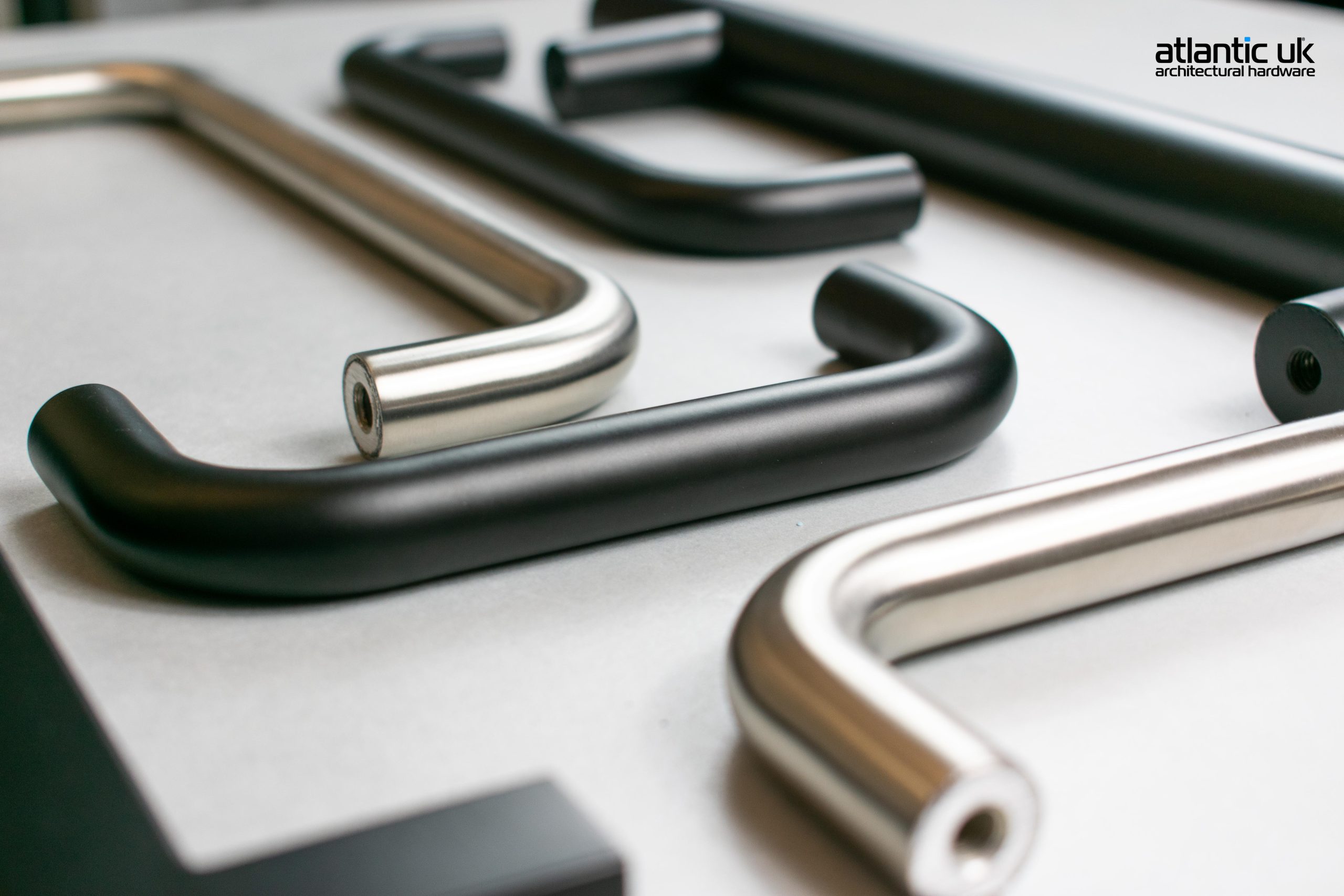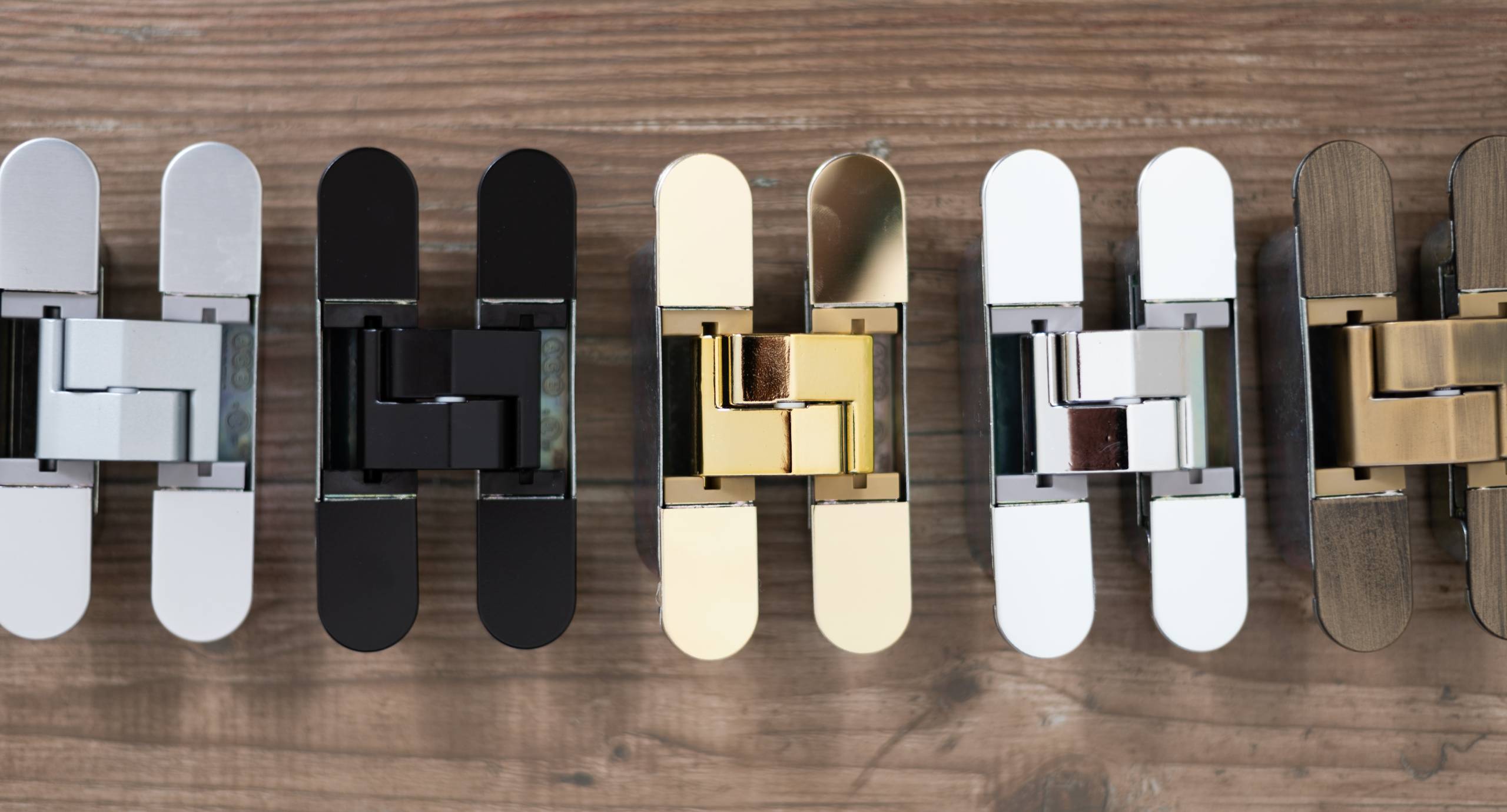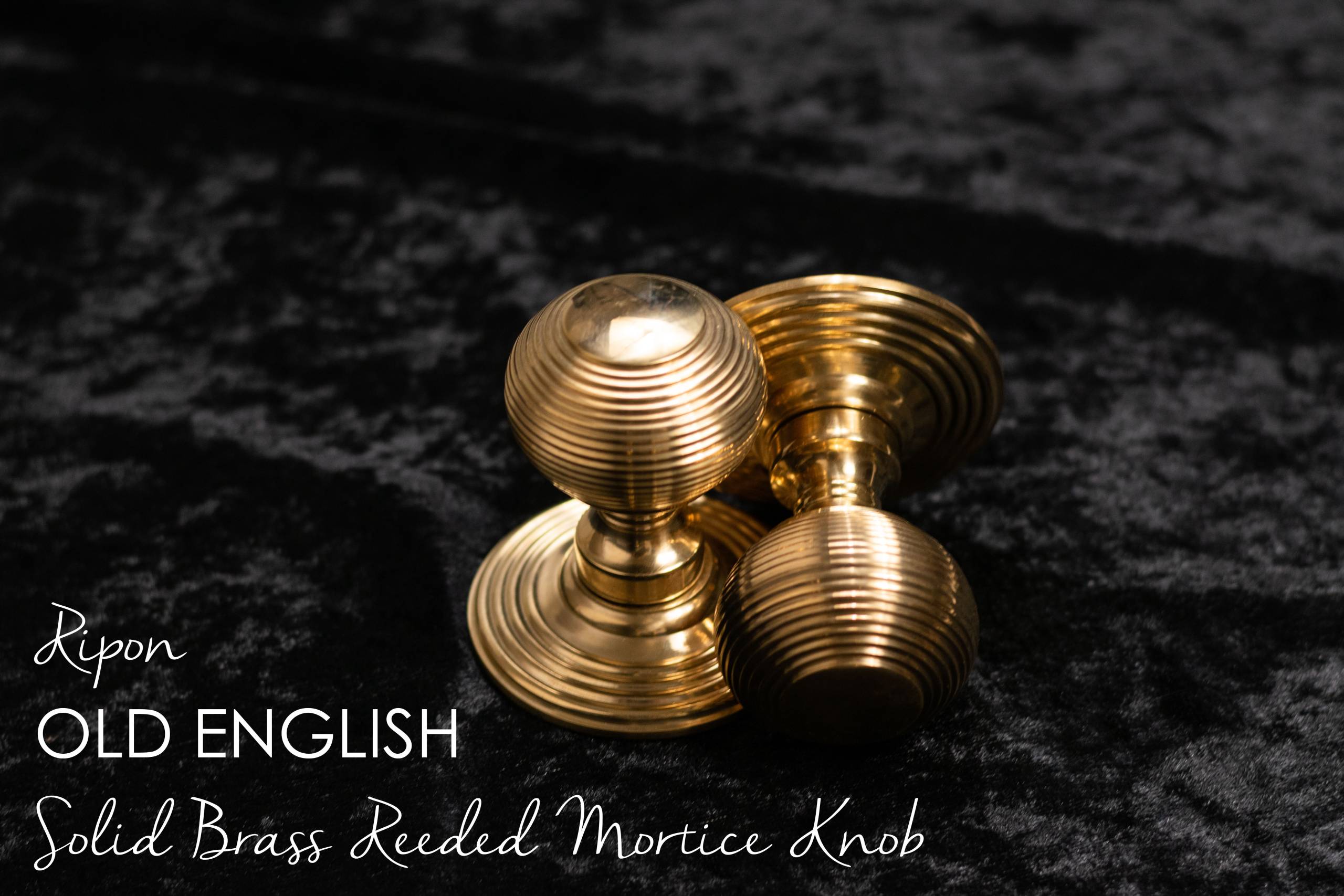Brass is a metal alloy, comprised from copper and zinc. Brass has a lot of advantages, making it valued in the door hardware industry. Zamak is a family of alloys with a base metal of zinc. The name ‘Zamak’ is an acronym of the names of the metals of which the alloys are composed: Zinc, Aluminium, Magnesium and Copper (or Kupfer, in German). In terms of finishing, Zamak can be electroplated, powder coated, wet painted, and chromate-conversion coated, but cannot be left un-finished, as it will corrode quickly due to environmental factors. Therefore, we can say with some certainty that a Brass substrate is superior to a Zamak one. That said however, you will find many very reasonable priced Zamak door handles that will provide years of good service for the interior of the home.
Solid Brass door hardware has been used for centuries and really only decreased in popularity during the last couple of decades of the 20th century, largely because of the need to regularly polish the metal to maintain its shine. Manufacturers began to lacquer or varnish brass products to maintaining the bright finish. This lead to Brass being left in favour of metals such as stainless steel, aluminium and polished chrome, which were regarded as ‘cleaner’.
So what are the main differences between Brass & Zamak?
– Cost – The cost of brass as a raw material is much higher than Zamak and therefore the manufacturing cost of brass products, is higher than that of Zamak products.
– Weight – Brass Products could weigh around double that of an identical product made from Zamak – Brass weighs 8.4 grams per cubic centimetre, whereas Zinc ore weighs 3.4 grams per cubic centimetre.
– Longevity – Brass is far less prone to corrosion than Zamak. Zamak is never left un-plated for this reason, whereas brass is regularly used with no plating or coating applied and is often seen as more desirable this way. Brass provides a more stable platform for the plating process – Chrome or Nickel will adhere to solid brass far more firmly than it does Zamak. Plating finish applied to solid brass finish is approximately 300% more durable than when it is applied to Zamak.
– Indoor/Outdoor application – Solid Brass based products can be used externally, Zamak based products cannot. Zamak products would deteriorate in a matter of weeks or months due to:
□ Extreme temperature changes
□ UV exposure after rain & frost
□ Chemical & Salt composition in the air causing the finish to flake off
– By contrast, Solid Brass-based door handles and knobs will last for many years under normal external circumstances.
– Scratching on Zamak from other Zamak items occurs much more easily than on solid brass.
Advantages of Solid Brass door hardware:
– Wear Resistant
– Spark Resistant
– High Strength
– Easy workablility
– Resistance to corrosion
– Attractive appearance
– Used where low friction is required
– Machinability while retaining core strength
– Susceptibility to plating
Solid Brass door hardware has been used for centuries and really only decreased in popularity during the last couple of decades of the 20th century, largely because of the need to regularly polish the metal to maintain its shine. Manufacturers began to lacquer or varnish brass products to maintaining the bright finish. This lead to Brass being left in favour of metals such as stainless steel, aluminium and polished chrome, which were regarded as ‘cleaner’.






